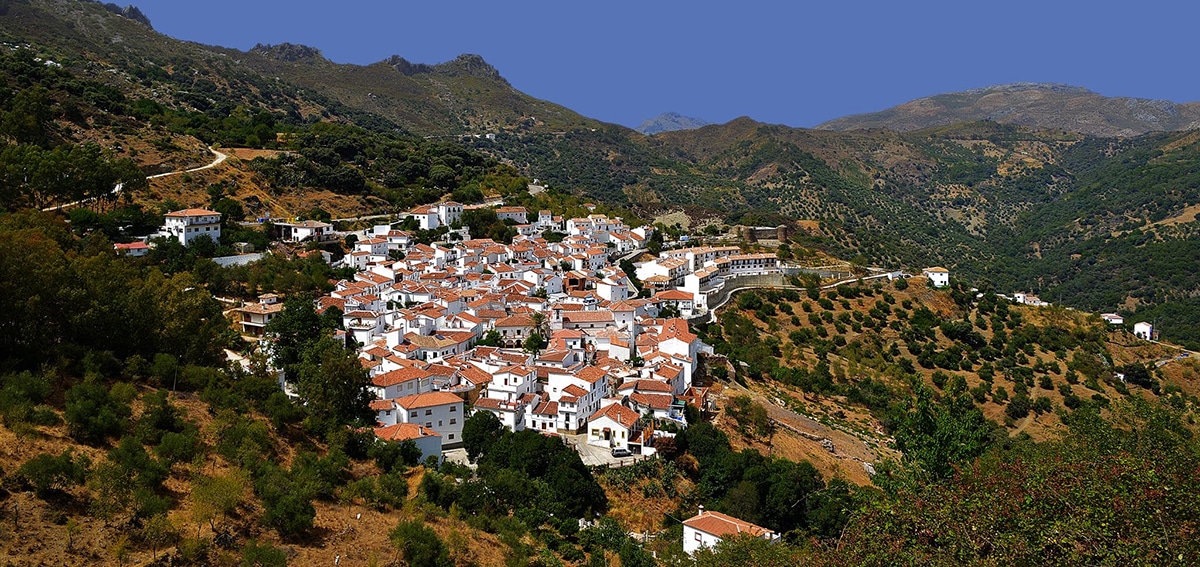
Some towns or cities are as beautiful as a natural landscape. It is the case of white villages of Malaga, those villages of snowy and picturesque houses that grow like mushrooms, decorated with flowers, cared for in detail.
You cannot leave Malaga without taking an excursion, a walk that includes a visit to some of the best white villages in Malaga. A journey like a rosary.
Mijas
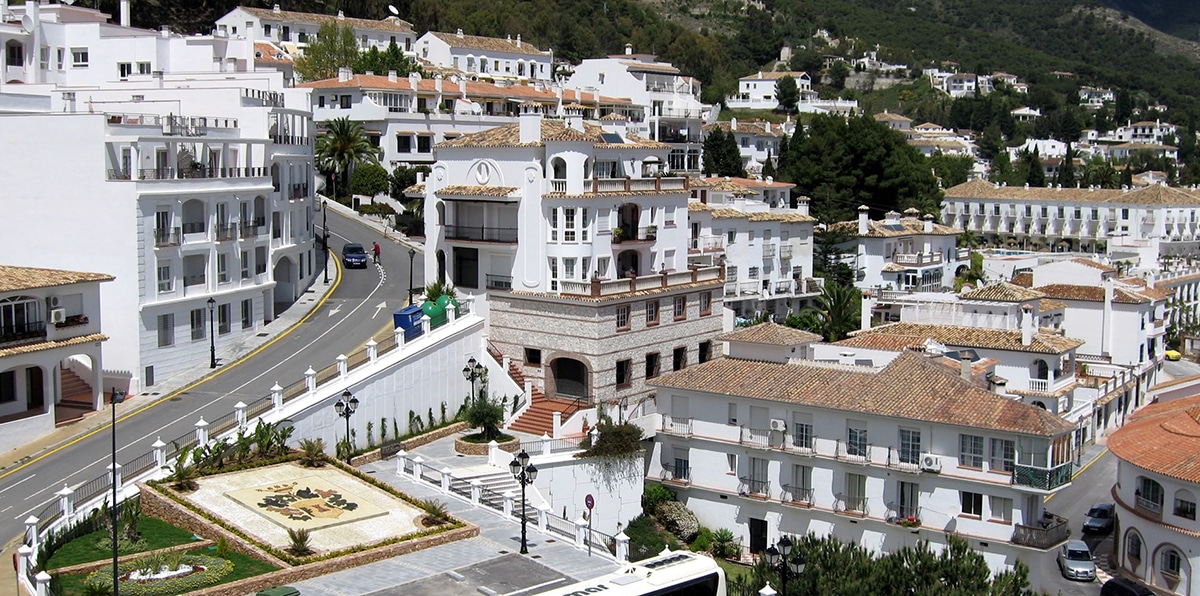
Without a doubt, Mijas is one of the best white villages to visit in the surroundings of Malaga. From its quarries came the marble to decorate the very Cathedral of Malaga, for example, and here there is one of the largest colonies of British expatriates in Andalusia.
A golden (or white) pearl, on the Costa del Sol, just 34 kilometers from the provincial capital. The area has been inhabited for centuries but it was in the 50s that tourism discovered it. It creeps along the coast and the slopes of the sierra and has many interesting buildings.
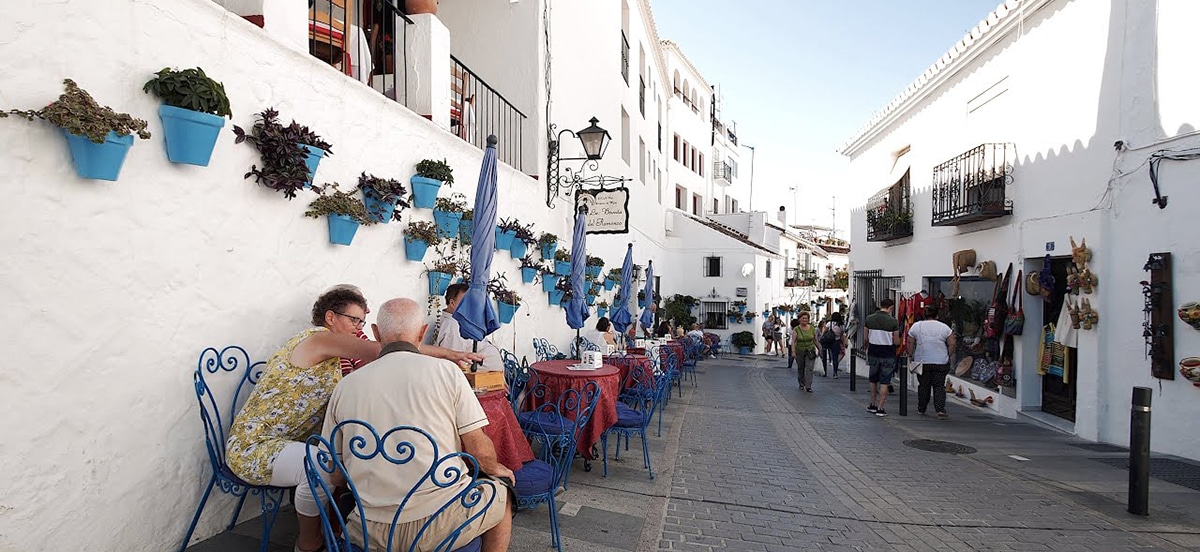
You can visit the San Manuel Parish, the Hermitage of the Virgen de la Peña, the Church of San Sebastián and some more hermitages that are medieval. Within the civil architecture there are towers and beautiful gardens that were built on the remains of a fortress and its medieval walls around the town.
Summer is synonymous with beaches, so the coves of Mijas are very popular: Cala de Mijas, Calahonda, Cabo Rocoso, El Chaparral, El Faro, El Bombo, are the best known. Each one has its beaches with different characteristics.
Beyond the handbags, the buses and the train, if there is something that characterizes Mijas, it is the donkeytaxis. The system was born with the quarry workers, but today it is very popular with tourists.
Casares
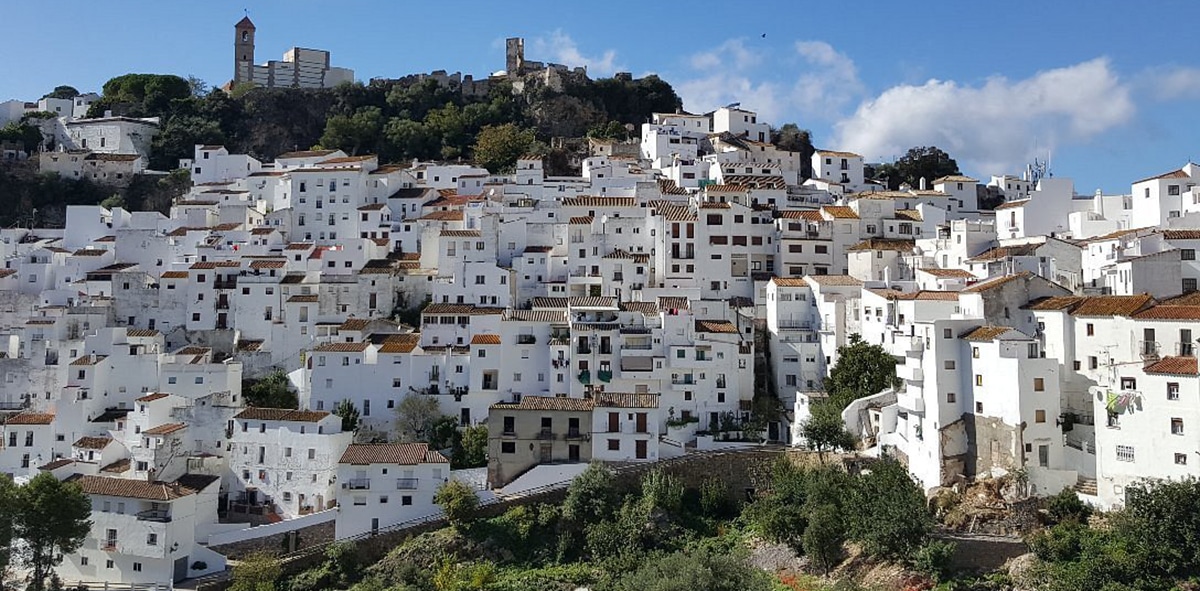
Another popular white town of winding and steep streets. It has very old origins and its long history can be read in its streets and buildings. It is a beautiful town to walk around and get lost in its alleys.
Some buildings are historic, like the Birthplace of Blas Infante or the flour mills, the Castle of Casares or the Church of the Incarnation, but in summer its beach attracts, the famous Playa Ancha, which is already a Blue Flag. Like all town has its parties and if you are lucky enough to be able to attend one you will not regret it. In July is the Medieval Market, already in May the Pilgrimage of the Virgen del Rosario is coming and so on until the end of the year.
As a gift or souvenir of this "hanging village", you can always take ceramic objects, glass or wood carvings and embroidery.
Frigiliana
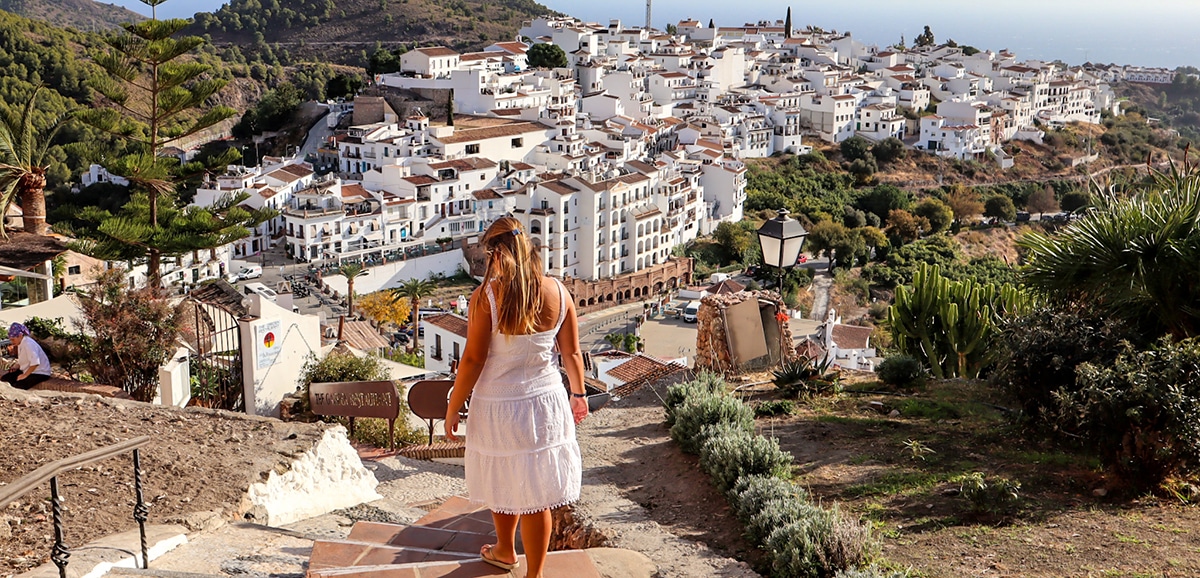
It is a small coastal village, of just about 41 square kilometers, at 300 meters above sea level. The history of this area goes back to prehistory, but the Phoenicians, the Romans, the Vandals and, yes, later the Muslims have passed through here, to whom it owes the introduction of agriculture through ditches and ponds that are still visible today. Only a few remains of the imposing Moorish castle remain.
Part of the castle's materials were used by the Manrique de Lara family, nobles of Malaga, to build their manor house in the XNUMXth century. Today the mansion manufactures the only cane honey in Europe. Around the same time, other historic buildings in the town were being built.
To visit and get lost in history you have to know the Old Town and its Mudejar neighborhood, the castle of Lizar, the Palace of the Counts of Frigiliana, the Church of San Antonio and of course, the oldest archaeological remains, from Neolithic, Phoenician and Roman.
A small but beautiful town.
Ronda
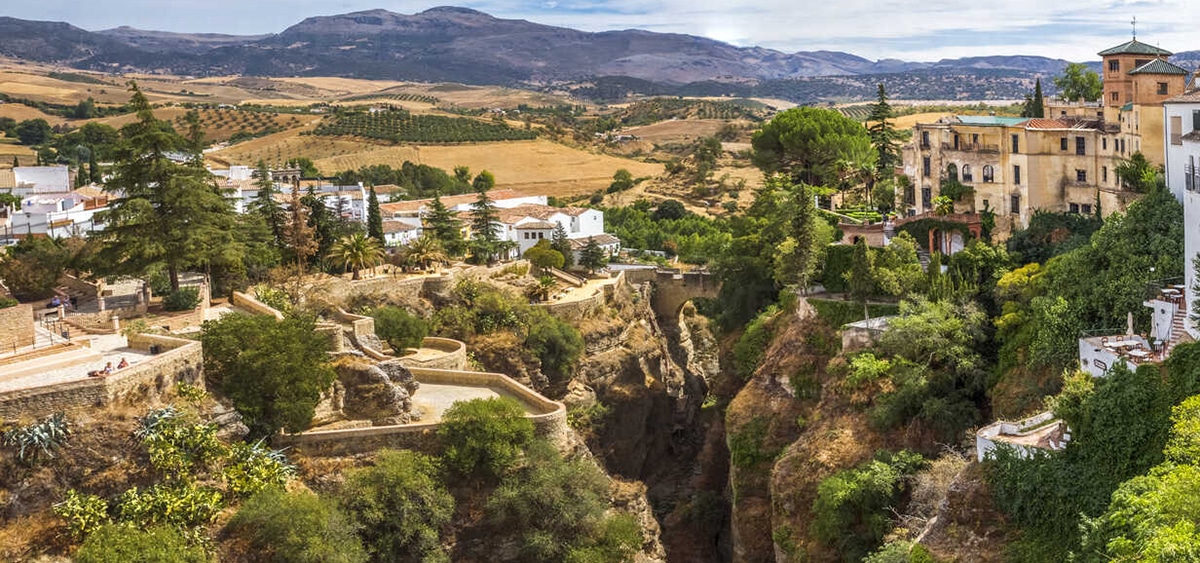
Es one of the most visited bank towns in Malaga and it is only 100 kilometers away. born in the arunda Roman, then the Visigoths would come and later the Muslims. They gave it importance because the location was very good to dominate the roads of Lower Andalusia.
Today Ronda has a variety of very interesting monuments that, added to its beautiful natural surroundings, make it a beautiful postcard. And what can you know? The bridges are wonderful so do not forget to photograph the New Bridge, over the Tajo Gorge, and true symbol of the town, and the Old Bridge that communicated the city with the neighborhood of the market, of Arab origins and later restored, with its 31 meters above the river.
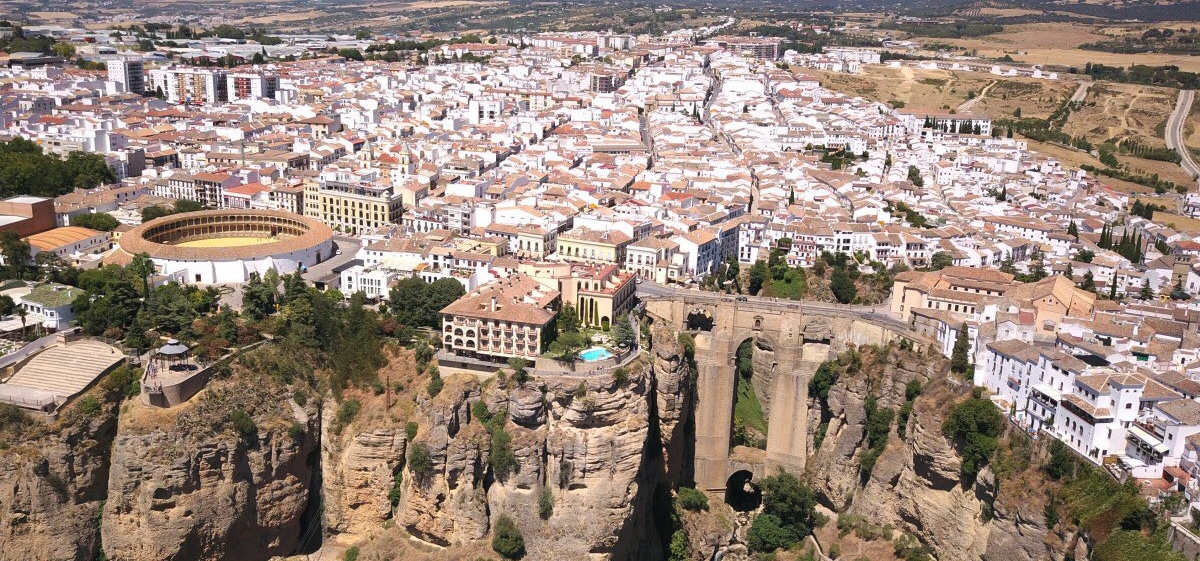
There are also palaces: the Mondragon Palace built in 1314, the Palace of the Moorish King and La Mina, the Arab Baths, from the XNUMXth century, the alameda, walk with trees and a botanical garden, the Philip V Arch, la bullring local, one of the old and enormous ones from Spain…
And of course, walking through Ronda will give you unexpected gifts at every step. A complete ride will surely include the Neighborhoods in which the town used to be divided, the one in san francisco which is the oldest with its churches and convents and arches and the flea market, more modern. The city has in turn the Major Church, the Church of the Holy Spirit, museums and palaces.
Comares
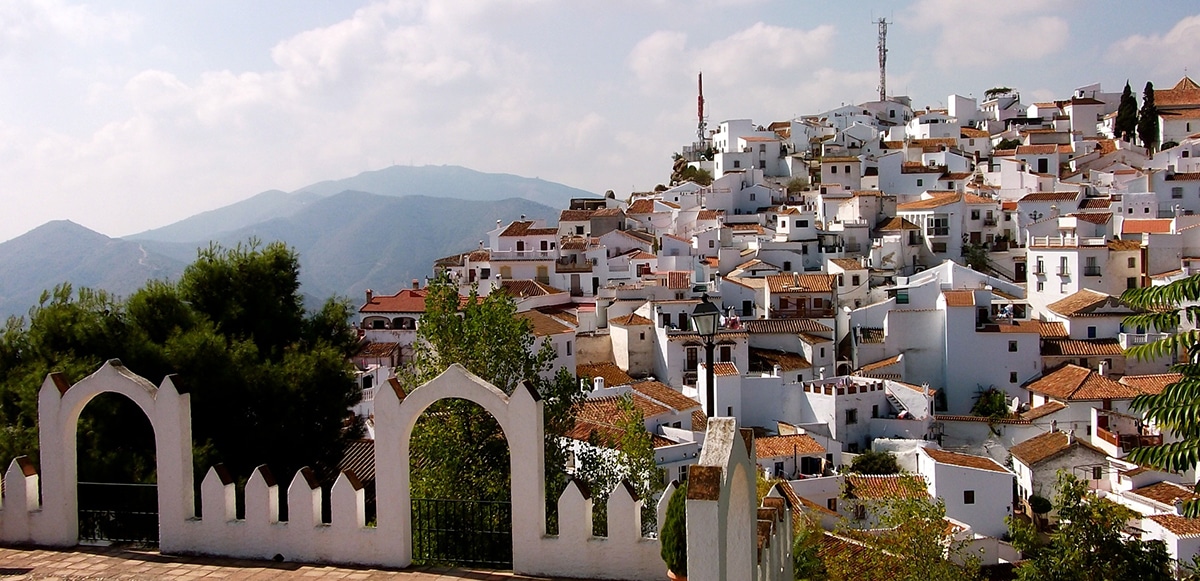
It is one of the many towns of the Andalusian monarch and is known as the Balcony of the Axarquia. The heart of the town is at an altitude of 703 meters and its main economic activity is agriculture and partly rural tourism.
The first town though It was founded by Phocian Greeks It had a Muslim presence until the Christian reconquest at the end of the XNUMXth century, and it knew how to fight the French invaders. With so much history today you can see in its streets remains of walls, Arab arches, cisterns and archaeological remains.
New Villa of the Conception
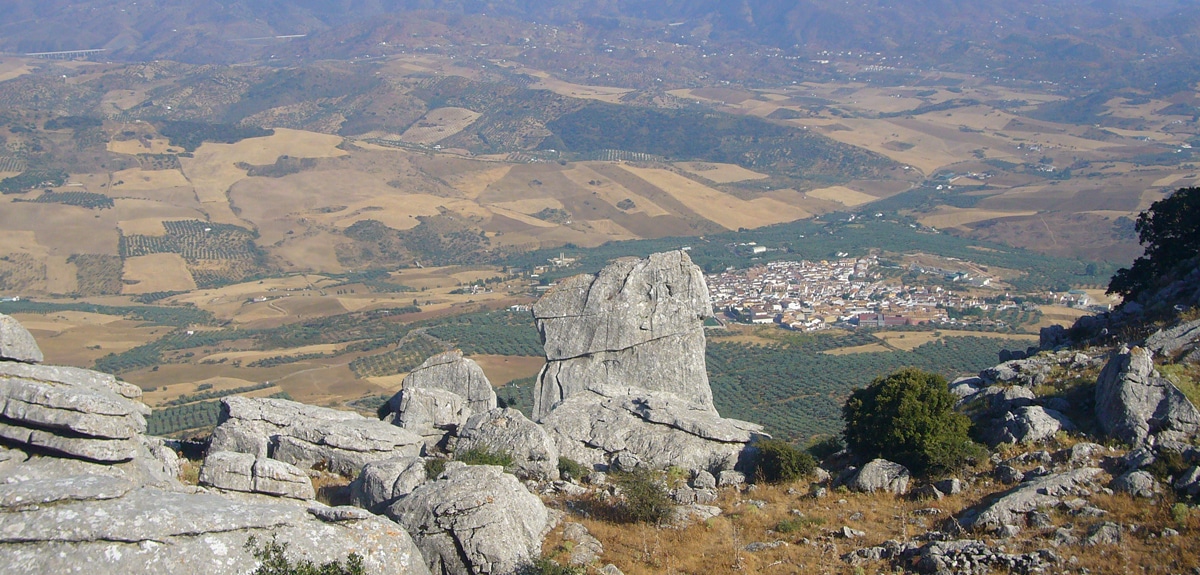
This picturesque white town is just 36 kilometers from Malaga and at the foot of El Torcal. Like the rest of the peoples that we have presented, history here travels through time and the Iberians, Romans, Muslims and Christians have left their legacy.
How to Live Aligned with It is located in the El Torcal Natural Park, known for its truly unique limestone formations, there are many possibilities to make bike and hiking tours. And yes, Villanueva de la Concepción has one of the oldest festivals in Malaga, the Verdiales Festival.